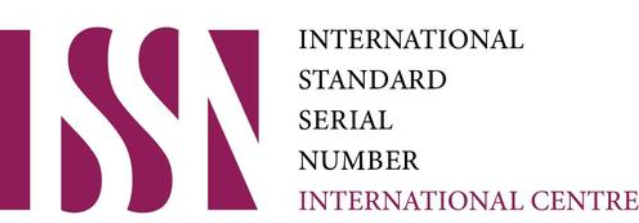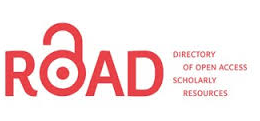Editorial Board Responsibilities:
The Editor-in-Chief holds the authority to make the ultimate decision on any publication-related matter.



Print ISSN: 3007-9462
eISSN:3007-8393
J Lah Med Dent Coll is the Journal of Lahore Medical & Dental College.
Journal of Lahore Medical and Dental College © 2024 sponsored by Lahore Medical and Dental College is licensed under CC BY 4.0 .
